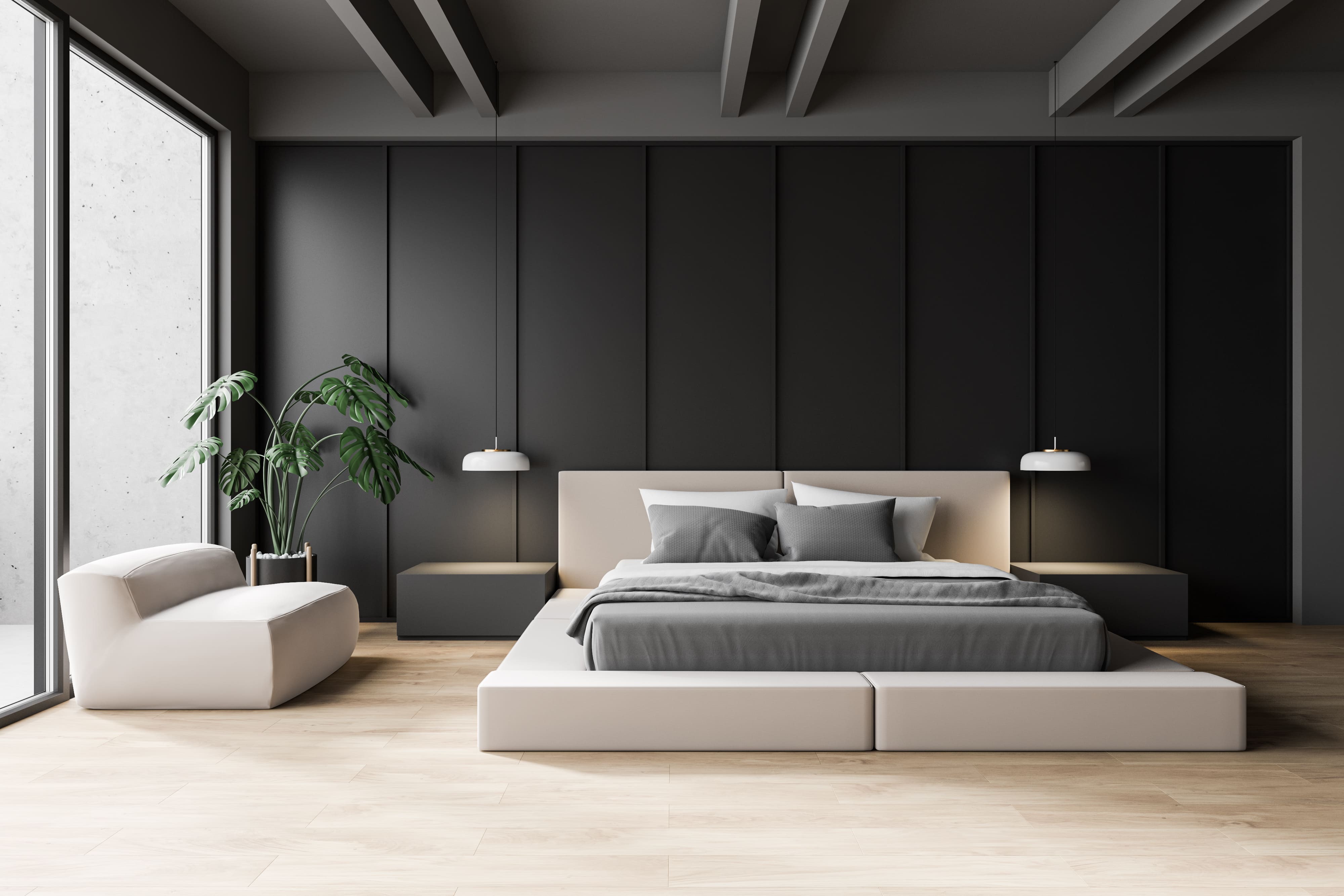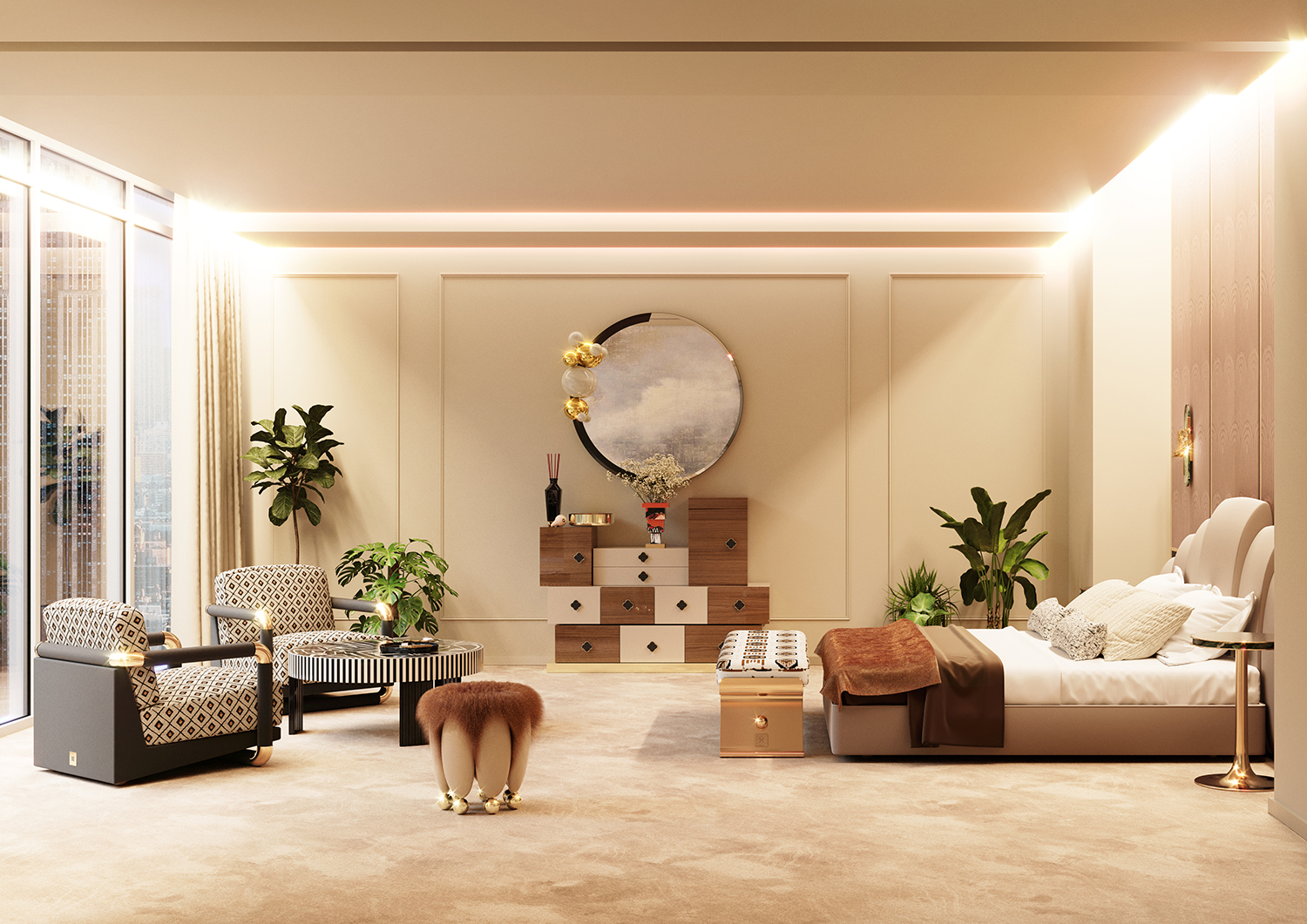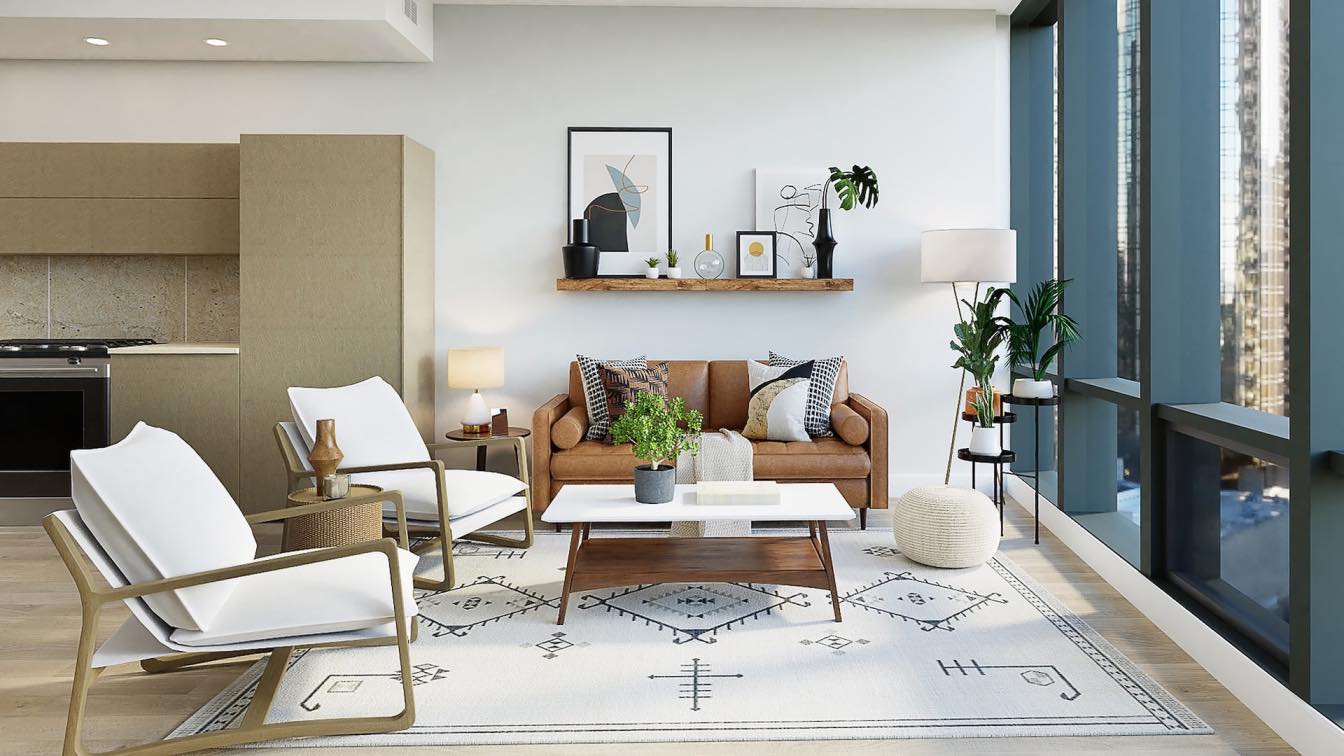Experience Sophistication with a Leading Luxury Interior Designer Miami
Experience Sophistication with a Leading Luxury Interior Designer Miami
Blog Article
What Are the most up to date Patterns in Interior Layout That Can Boost Your Home?
In the ever-evolving world of interior style, a convergence of sustainability, functionality, and personalization is shaping contemporary areas (Interior designer Miami). Exploring these patterns discloses exactly how they can change your home right into a reflection of both individual preference and practical demands, inviting a closer examination of what genuinely raises a living space.
Lasting Layout Practices
Lasting design methods have arised as a foundation of contemporary interior decoration, showing an expanding recognition of ecological effect. These methods prioritize the use of green products, energy-efficient systems, and waste decrease approaches, aiming to create interiors that are not only visually pleasing yet additionally eco liable.
One key aspect of lasting layout is the option of products. Developers progressively prefer recovered wood, recycled steels, and low-VOC (volatile natural compounds) paints, which minimize dangerous discharges and promote healthier indoor air quality. The consolidation of all-natural light via strategic window positionings minimizes reliance on synthetic lighting, therefore saving energy.
An additional vital component is the implementation of effective heating, cooling, and water supply. Using smart modern technology can enhance energy intake, while rainwater harvesting systems contribute to sustainable water monitoring. Furthermore, furnishings and style are often sourced from neighborhood craftsmens, further lowering the carbon impact connected with transportation.
Ultimately, lasting style methods not only boost the performance and longevity of areas however likewise foster a much deeper link to the atmosphere (Interior design Miami). As customers come to be significantly conscientious, these techniques will likely continue to shape the future of interior decoration, producing rooms that resonate with both appeal and sustainability
Vibrant Color Palettes
Vibrant color combinations have actually become a specifying pattern in indoor design, enabling rooms to make striking declarations and reflect individual style. The use of vivid tones can change an or else common area right into a captivating environment. Designers are significantly embracing rich gem tones, saturated primaries, and unexpected shade mixes to develop a feeling of dramatization and vibrancy.
Incorporating strong colors can be accomplished through numerous aspects, including wall surfaces, furnishings, and devices. For circumstances, an accent wall painted in a deep emerald environment-friendly or a striking cobalt blue can serve as a prime focus, while vibrant upholstery or art work can infuse power right into the space. Layering various tones within the exact same shade household includes deepness and passion, boosting the total visual.

Furthermore, the use of contrasting shades can revitalize a room, accentuating architectural functions and design aspects. This approach motivates house owners to express their uniqueness and accept creative thinking in their interior spaces. As fads develop, vibrant color combinations attract attention as an effective means of individual expression, allowing homeowners to curate environments that reverberate with their unique preferences and way of livings.
Maximalism Vs. Minimalism
How do individual preferences affect the recurring debate in between maximalism and minimalism in interior design? Minimalism, defined by clean lines, neutral schemes, and practical furnishings, appeals to those looking for simplicity and harmony.
Conversely, maximalism accepts vitality via strong colors, eclectic patterns, and a wealth of decoration. This style urges personal narration, allowing home owners to showcase their unique collections and interests. Maximalism invites creativity and self-expression, making it an attractive alternative for those who prosper on visual stimulation and variety in their surroundings.
The discussion between maximalism and minimalism ultimately pivots on personal preference and lifestyle. While important source minimalism may resonate with those who favor a calm, well organized room, maximalism attract people who commemorate individuality and richness in style. Understanding one's preferences can assist property owners in developing spaces that show their identifications while aligning with contemporary trends in interior decoration.
Multi-Functional Spaces

The design of these areas usually includes innovative furniture solutions, such as couch beds, extendable dining tables, and modular shelving, which can adjust to different features throughout the day. A living room can perfectly shift right into a home workplace or a visitor bed room, taking full advantage of energy without sacrificing style.
Furthermore, the assimilation of innovation plays a crucial role in enhancing multi-functionality. Smart home devices click here for more info can improve operations, enabling homeowners to manage lights, temperature level, and even security effortlessly, thereby developing a more adaptable living setting.
In addition to usefulness, the visual allure of multi-functional rooms can be attained via thoughtful layout options. Open floor plans, cohesive color palettes, and calculated zoning with rugs or furniture can define areas while making sure a harmonious flow. Eventually, welcoming multi-functional spaces not just maximizes living areas yet also enhances the total home experience.
Biophilic Layout Components
A boosting number of indoor developers are integrating biophilic style elements to cultivate a much deeper connection in between indoor spaces and the all-natural atmosphere. This design ideology stresses the assimilation of nature into the developed environment, advertising health and enhancing the aesthetic allure of a room.
Key biophilic layout elements include the usage of natural products, such as bamboo, wood, and rock, which produce a warm and welcoming environment. Incorporating plant, through interior plants or upright yards, not just improves air quality yet also includes a refreshing visual element. Natural light is one more crucial element; taking full advantage of windows or utilizing skylights can enhance daylight, decreasing dependence on artificial lights.
Water functions, such as aquariums or water fountains, stimulate tranquility and can serve as centerpieces within a room. Shade combinations motivated click reference by nature-- natural tones and tones of blue and eco-friendly-- promote a relaxing ambiance.
Incorporating these biophilic aspects not just enhances the aesthetic value of a home however additionally adds to enhanced psychological wellness and wellness, making them a vital factor to consider for contemporary interior decoration.

Conclusion
The latest trends in interior layout highlight the relevance of personalization, sustainability, and capability. Collectively, these fads not only elevate property atmospheres yet additionally add to a much more sustainable and tailored method to interior style.
In the ever-evolving world of interior style, a merging of customization, sustainability, and functionality is forming modern rooms.Bold color schemes have ended up being a specifying trend in indoor design, allowing areas to make striking statements and mirror personal design. While minimalism may resonate with those that prefer a tranquil, organized room, maximalism allures to people who celebrate uniqueness and splendor in style. Understanding one's choices can lead house owners in creating spaces that show their identifications while aligning with contemporary patterns in indoor layout.
In enhancement to practicality, the visual appeal of multi-functional areas can be achieved via thoughtful design selections.
Report this page